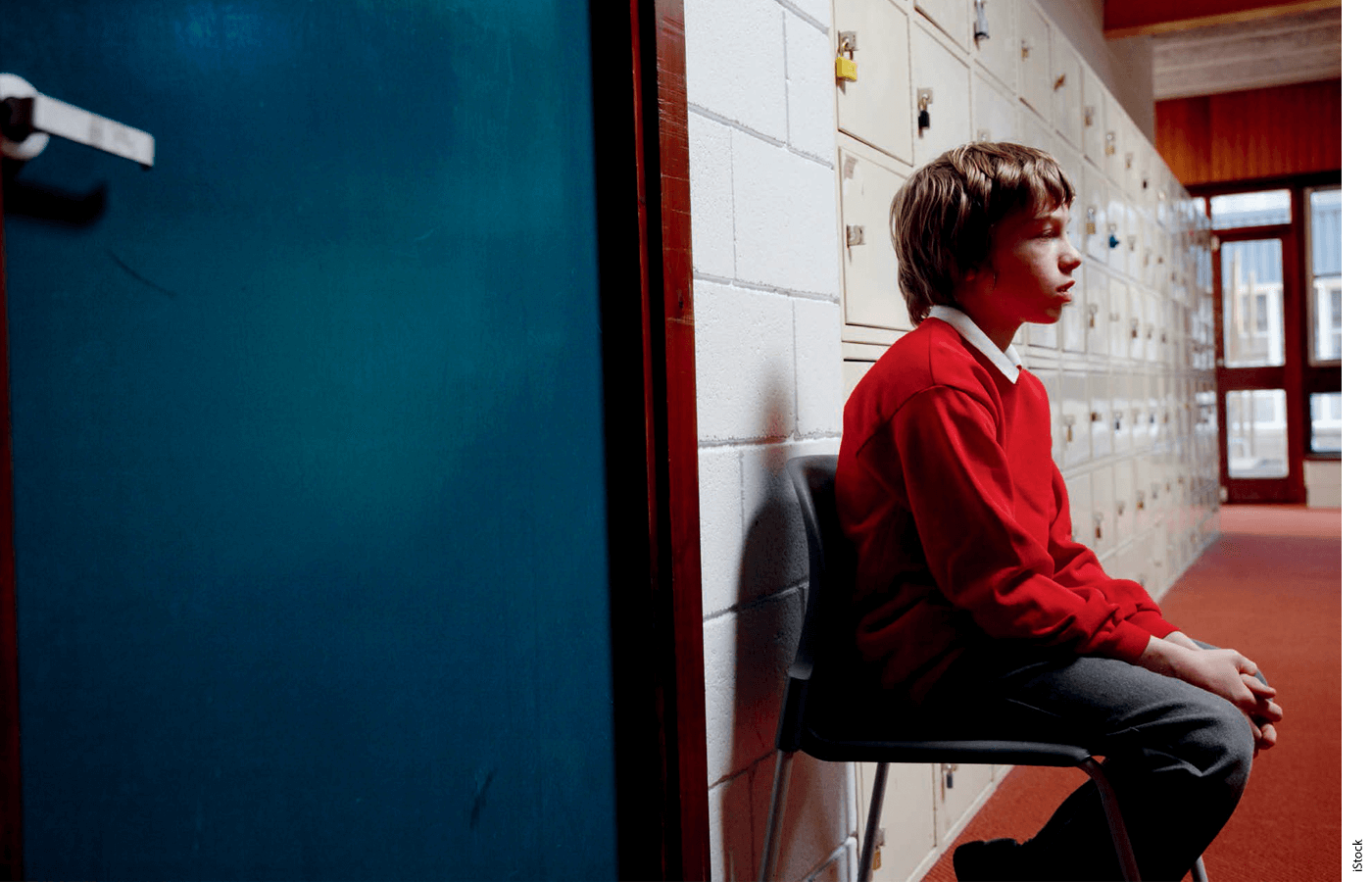During this summer, a team of students from MIT embarked on a journey to the sou …
Reimagining Educational Equity: A New Approach to School Discipline
Jennifer Livingstone

This is the third article in a series on promoting educational fairness. For more context, read the introductory article and part two on school funding.
When it comes to the issue of school discipline, finding common ground between different political perspectives is difficult.
Given the polarizing nature of the debate on criminal justice and law enforcement in our country, it’s not surprising that school discipline is a contentious issue. Conservatives tend to prioritize law and order, while liberals are concerned with fairness and equal treatment. Views on racial disparities in arrests, incarceration, suspensions, and expulsions also vary. The left often sees these disparities as evidence of racial discrimination, while conservatives view it as more complex, taking into account differences in behavior.
So, how can we bridge these ideological divides? Here are three guidelines:
- Prioritize leveling up instead of leveling down when aiming for equity.
- Focus on closing gaps between disadvantaged students and their more affluent peers, rather than between high-achieving and low-achieving students.
- Give primary focus to equity initiatives based on class, not race.
The first rule is key, yet it is often overlooked in the school discipline debate. Most arguments revolve around how adults should respond to student misbehavior. However, the primary goal of any student discipline policy should be to help students improve their behavior and raise their standards. Instead of allowing policies that tolerate bad behavior, schools should focus on implementing comprehensive approaches to promoting high behavioral standards.
Rule number two highlights the importance of addressing well-behaving students as well as those who misbehave. Office referrals and suspensions are necessary to remove disruptive students temporarily, ensuring a safe learning environment for their peers. Misbehaving students can negatively impact their peers and hinder academic achievement. High-poverty schools, in particular, face significant disciplinary challenges, and keeping disruptive students in classrooms exacerbates the achievement gap. Therefore, well-designed interventions for misbehaving students should be developed to help them improve their behavior, continue their academic progress, and protect their peers from further disruption. Various approaches, such as improved in-school suspensions and alternative placements, are being experimented with in schools and districts.
While addressing racial disparities in school discipline is important, rule three emphasizes the need to primarily focus on students’ socioeconomic status rather than race. It is crucial to acknowledge the history of discrimination against children of color in American education, especially Black students, and the need to address racial bias. However, when controlling for class, many discipline disparities based on race diminish. Poverty significantly contributes to misbehavior, and children from disadvantaged

